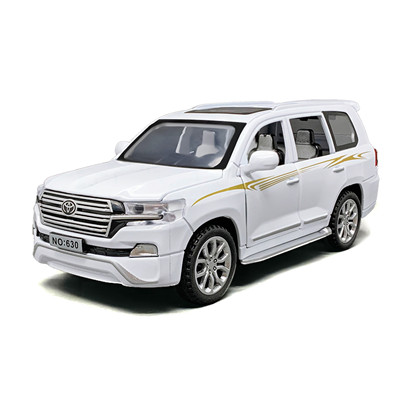Diecast toy cars not only capture the essence of real vehicles, but they also provide a canvas for creativity through customization. Customizing diecast models allows enthusiasts to express their unique tastes, showcase artistic skills, and create one-of-a-kind pieces that stand out in their collections.
1. Choosing the Base Model: The customization process begins with selecting a diecast model that serves as the foundation for your project. Consider the size, scale, and design of the base model, as well as the potential for modification.
2. Planning and Inspiration: Before diving into customization, sketch out your ideas and gather inspiration from various sources. Whether you’re aiming for a classic restoration or a radical reinterpretation, having a clear plan in mind will guide your efforts.
3. Disassembly: Carefully disassemble the model, taking note of the original components and their placement. Keep track of small parts to ensure they can be reassembled accurately.
4. Painting and Detailing: Custom paint jobs are a popular way to personalize diecast models. Acrylic or enamel paints can be used to achieve the desired colors and effects. Decals, masking techniques, and airbrushing can add intricate details and unique patterns.
5. Modification and Upgrades: Customizing allows for modifications beyond paint. Consider swapping out wheels, altering suspension height, or even creating functional features like opening doors. These modifications require precision and attention to detail.
6. Authenticity: While customization encourages creativity, maintaining a sense of authenticity is essential, especially for vintage models. Striking a balance between personal expression and honoring the original design can result in a captivating customized piece.
7. Reassembly: Reassemble the customized components with care, ensuring that movable parts function smoothly and align correctly. Pay close attention to fit and finish to achieve a polished final result.
8. Clear Coating and Protection: Apply a clear coat to protect the custom paintwork and decals. This step helps preserve the finished appearance and prevents wear over time.
9. Showcasing and Sharing: Once your customization project is complete, proudly display it in your collection. Share your creation with fellow enthusiasts, either through social media or community events. Customization stories and insights can inspire others to embark on their own creative journeys.
Customizing diecast toy cars is a rewarding endeavor that allows enthusiasts to infuse their own personality into their collections. Whether you’re replicating a favorite real-life vehicle or unleashing your imagination to create something entirely new, the world of customization opens doors to endless possibilities.


















